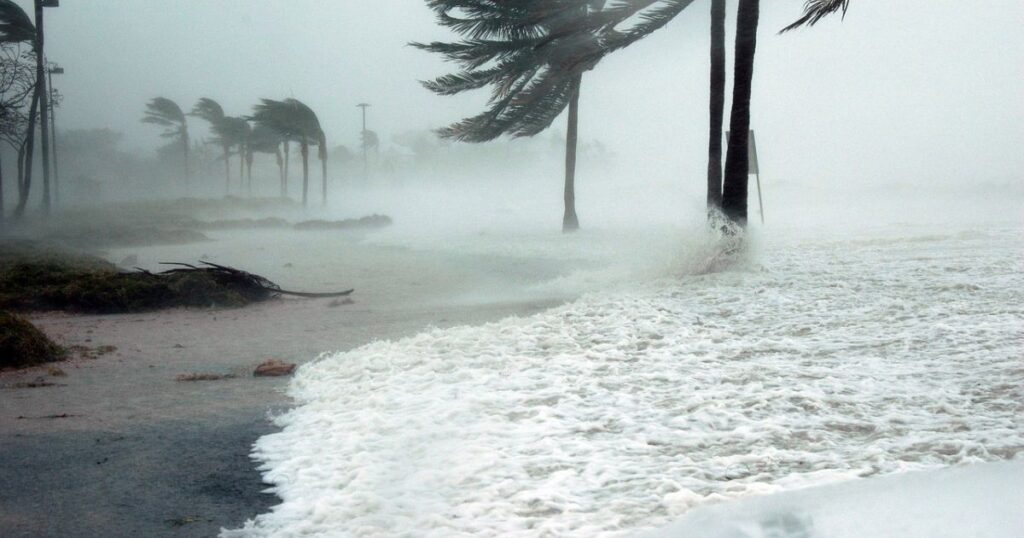Communities face intense challenges in the aftermath of traumatic events. Whether it’s a natural disaster, a tragic crime, or a large-scale accident, recovery goes beyond rebuilding infrastructure.
Emotional and social support becomes crucial to fostering resilience. Ideally, effective community response efforts must focus on providing immediate relief and long-term stability, particularly to vulnerable groups who may struggle the most during recovery.
Here are some essential strategies for helping communities regain strength, trust, and a sense of safety after a crisis.
1. Trauma-Informed Mental Health Services
In the wake of a crisis, communities often experience lingering emotional wounds that extend beyond immediate physical damage. Offering trauma-informed care ensures survivors feel understood and supported during recovery.
Therapists trained in recognizing trauma can tailor their approach to each individual’s unique needs. Whether it’s through group therapy or one-on-one counseling, these services become vital lifelines for healing.
Collaborating with specialized organizations like National Crime Scene Cleanup can also be an effective step in addressing the psychological toll after traumatic incidents, particularly those involving violent crimes. Such groups are equipped to handle sensitive situations professionally where traditional responders may not have the necessary expertise.
2. Peer Support Networks
Peer support networks can also be vital in post-crisis recovery. Survivors often benefit from connecting with others who share similar encounters, creating a sense of solidarity that formal services might not provide.
Typically, peer networks can be grassroots initiatives or organized by local agencies. These platforms create spaces for open dialogue, emotional sharing, resource sharing, and mutual encouragement.
Technology now allows peer support to scale beyond local borders. Victims could form social media groups or join specialized apps to connect with others. This digital element expands access, ensuring those geographically isolated are not left out of recovery conversations.
3. Flexible Housing Solutions for Displaced Families
In some crises, such as hurricanes and wildfires, families can find themselves without a home for extended periods. Immediate shelter is important, but temporary housing that accommodates long-term needs ensures stability during recovery.
Local governments and nonprofits can collaborate to provide modular homes or converted public spaces as interim options. These solutions give families more flexibility than emergency shelters while they work through insurance claims or rebuilding efforts.

Technology like geospatial data helps organizations assess where displaced populations are concentrated and deploy resources accordingly. In some cases, rental assistance programs may be necessary to support those unable to return home quickly.
4. Accessible Communication and Resource Hubs
Victims need clear and centralized information in the aftermath of a crisis. Accessible communication hubs allow people to know what services are available, where they can find them, and how to get help.
Organizations involved in disaster recovery can establish online platforms or physical locations where information flows efficiently. Whether through websites, social media channels, or local community centers, these hubs keep everyone informed.
It is vital to keep communication platforms simple and inclusive. This ensures that those with limited digital access or language barriers aren’t excluded from essential updates.
5. Localized Volunteer Coordination Systems
Communities often witness an influx of people wanting to help during a crisis. However, without proper coordination, well-meaning efforts can quickly become chaotic and ineffective for those in need.
Community-based organizations can implement localized systems that streamline volunteer efforts. These platforms help assign tasks efficiently, ensuring that the right resources reach the most vulnerable populations first.
Local leaders or agencies might also partner with tech companies to develop apps or online portals. Such tools allow volunteers to sign up for specific roles based on skills and availability, which helps avoid overlap and gaps during critical recovery periods.
6. Inclusive Financial Recovery Programs
Victims of disasters often experience significant financial setbacks, from medical expenses to lost property and income. The impact of these hardships can be long-lasting, forcing many families to rebuild from scratch.

Inclusive financial recovery programs could help alleviate the burden by providing grants, low-interest loans, or direct cash assistance. These resources are especially important for marginalized groups with less access to traditional banking or credit services.
An ideal program would also include financial literacy support. Offering workshops or one-on-one consultations can empower individuals to make informed decisions during their recovery process.
Parting Shot
Rebuilding a community after a disaster means more than bricks and mortar. People need real support systems that are flexible, compassionate, and accessible.
When you prioritize these six strategies, you help lay the foundation for long-term recovery. Communities don’t just survive but also thrive when everyone pulls together with the right tools.
